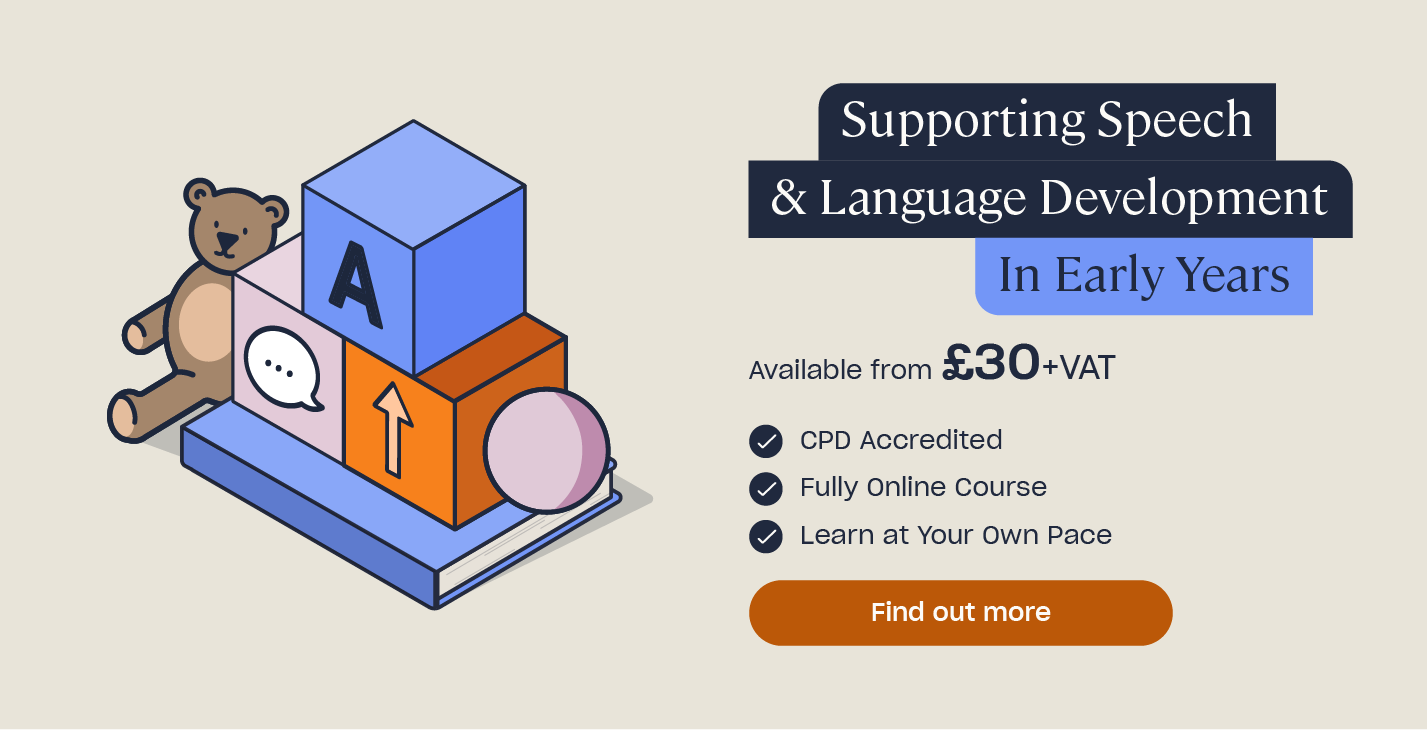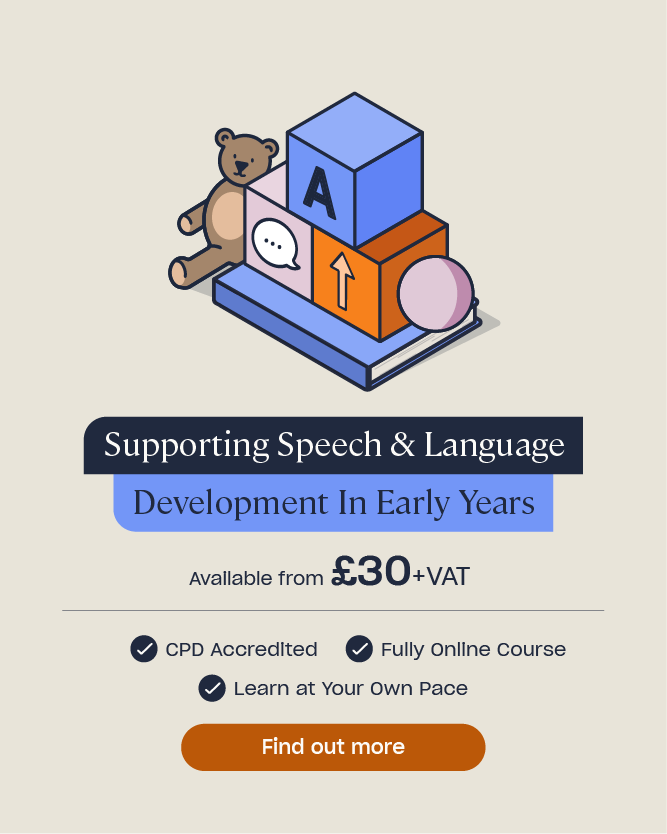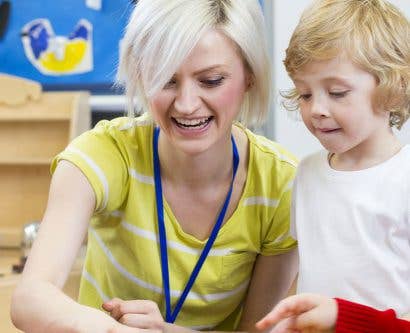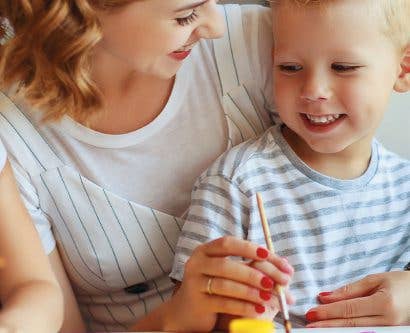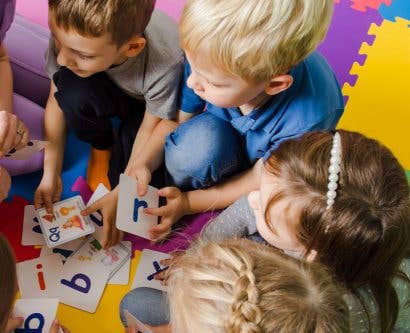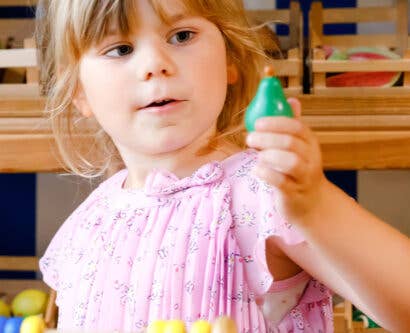Curiosity Approach in Early Years: Importance and Ideas
In this article, we’ll explore how The Curiosity Approach works in the early years. We’ll define what The Curiosity Approach is, how it fits into the Early Years Foundation Stage Framework, and look at ideas that you can implement to make your setting more curious.
Whether you’re an early years provider wishing to find out more about the approach, or a parent who wants to understand how The Curiosity Approach works in your child’s setting, this article will tell you all you need to know.
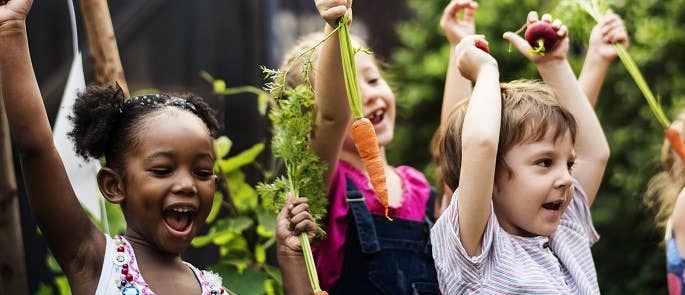
What is The Curiosity Approach in Early Years?
Founded by Lyndsey Hellyn and Stephanie Bennett in 2017, The Curiosity Approach is a modern-day early childhood education method, driven by active learning and critical thinking. Hellyn states that, in founding The Curiosity Approach, both women wished to “create a generation of thinkers, doers, and investigators”.
The co-founders formed their unique approach to the early years by taking inspiration from many different sources. Bennett states that The Curiosity Approach is “a beautiful recipe book of the teachings of all the great early years pioneers, including Maria Montessori, Reggio Emilia, Rudolf Steiner, and Emmi Pikler”.
Within this completely play-based and child-led approach, children become the centre of their own development – or the pilots of their own play. Children are encouraged to explore, experiment, and create, using engaging resources modelled by passionate facilitators. Their innate curiosity is awakened and sparked.
The approach moves away from technology and focuses on the wonder found all around us, here and now. The co-founders believe that modern-day toys are geared towards entertainment, rather than natural play and imagination. Bennett argues that “the more a toy does, the less opportunity a child has to think and communicate”. Curiosity Approach settings instead favour authentic, open-ended resources, and recyclable curiosities, rather than bright, primary colours, or plastic toys.
Within the day, there will still be distinct rhythms, routines, and rituals, such as welcome time, story time, and nap time, and children will learn during each and every part of their day, whether it be a table-top activity or lunch time.
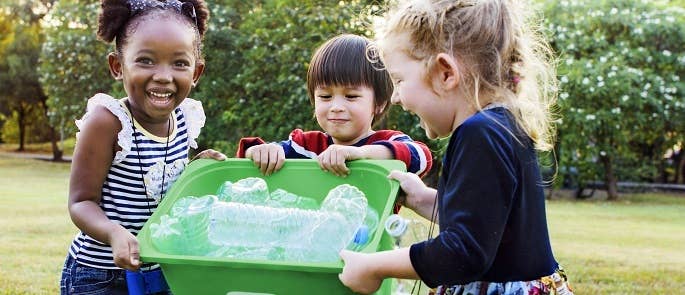
Why is Curiosity and Initiative Important in Learning?
There are many similarities between The Curiosity Approach’s values and those set out in The Early Years Foundation Stage (EYFS) Framework 2021. The Framework agrees that children learn and develop well in enabling environments, with teaching and support from adults who respond to their individual interests and needs. As well as recognising that play is essential for children’s development, the Framework also states that “children learn by leading their own play”.
When setting out the three characteristics of effective teaching and learning, the Framework again draws upon values shared by The Curiosity Approach. These are:
- Playing and exploring – where children investigate and experience things, and ‘have a go’.
- Active learning – where children concentrate and keep on trying, even when they encounter difficulties, and enjoy their achievements.
- Creating and thinking critically – where children have and develop their own ideas, and can make links between them, and develop strategies for doing things.
Whilst playing actively and thinking critically, children will develop the skills to help them become independent thinkers and strong communicators – skills which are vital if they are to become lifelong learners. They will take the time to be more curious, and take the initiative to explore what is happening all around them.
Find out more about child development in the Early Years here.
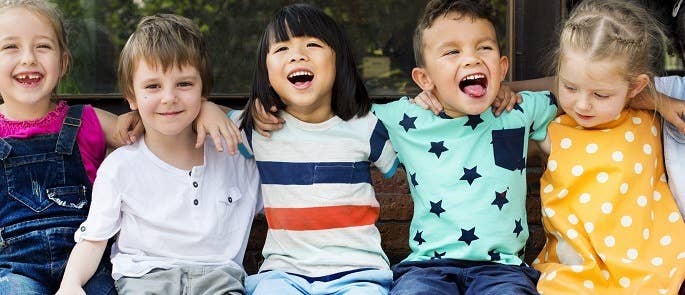
Why is Play so Important in the Early Years?
“Play is essential for children’s development, building their confidence as they learn to explore, relate to others, set their own goals and solve problems.”
The Early Years Foundation Stage (EYFS) Framework 2021
Today’s children are growing up in an automated, technological world. 57% of five – to seven-year-olds have then own tablet, for example, and 14% have their own smartphone. With so many young people now accessing digital technologies every day, children are losing their ability to play, create, and imagine. However, we know that children learn by leading their own play, and by taking part in play which is guided by adults.
Hellyn and Bennett believe that early childhood is a sacred time, full of endless possibility and opportunity, and it should not be seen as time to prepare children for school. By providing children with open-ended resources, which spark their curiosity, children are forced to think critically. Rather than building their reliance on screens, they are stepping back into a world of play and imagination, where children are active participants in their learning.
“We have got to get play back.”
Stephanie Bennett, co-founder of The Curiosity Approach
The Curiosity Approach also moves away from the typical practice of recording and tracking a child’s development on a spreadsheet, and instead trusts and supports the child to achieve their potential. Hellyn states that the approach is not concerned with “comparing a child with another child. Each child unfolds in their own time and space”.
This child-led form of assessment has now been highlighted in The Early Years Foundation Stage (EYFS) Framework 2021. “When assessing whether an individual child is at the expected level of development, practitioners should draw on their knowledge of the child and their own expert professional judgement and should not be required to prove this through collection of physical evidence”.
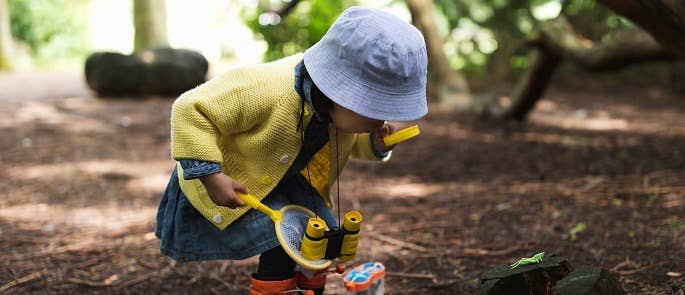
How Does The Curiosity Approach Work in EYFS?
Home from Home
Nurseries and providers who adopt the approach replicate a child’s home environment, rather than that of a typical school.
Settings should be nurturing safe spaces, where children feel loved and at ease. These learning environments are fundamental within all aspects of a child’s social, emotional, and academic development. To make the children feel comfortable and relaxed, fill your spaces with pictures of the children and their families and pets in unique frames. (Remember to follow your setting’s safeguarding policies, and UK GDPR regulations when doing so.)
Calm and Safe Spaces
Overstimulating environments can be distracting to some children with SEND, and can cause feelings of upset and anger. The Curiosity Approach, therefore, favours calm and tranquil spaces, rather than the more traditional, bright and busy early years environments.
Developing a sense of belonging and safety are also key values of the approach. Hellyn and Bennett took inspiration from Te Whariki, the early childhood curriculum of New Zealand, when creating The Curiosity Approach. Te Whariki advocates the benefit of creating a personalised and safe environment for children, where respect and diversity are valued. When children feel loved and secure, they are much more likely to excel.
“All children need to know that they are accepted for who they are and that they can make a difference. Feeling that they belong contributes to their wellbeing and gives them the confidence to try new experiences.”
Te Whariki
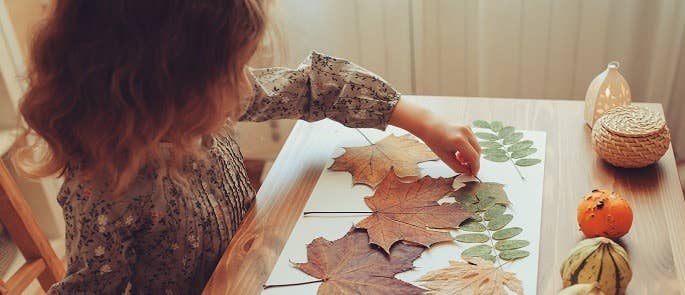
Child-centred
Hellyn and Bennett believe that the child must lie at the heart of the learning experience. Activities should not be set up just because they’ll look pretty on social media – there should be a reason why the play has been created, and this should be linked to the child’s current interests. For example, you might set up an invitation for learning filled with unique mirrors, flowers picked from the garden, and paint. You might do this because one of the children enjoyed making daisy chains with her mother at the weekend, and has also shown a recent fascination with mirrors and reflections.
Accessible
Resources and invitations for learning should be easy for the children to access. They should be presented at their level, so that the children can explore them independently. This promotes active learning as the children are engineering their own play, and following their own interests.
Embrace and expect mess
Hellyn and Bennett ask their Curiosity Approach settings to welcome disorder as it will have occurred as a result of a child’s strong connection to their play. Children can help you to wash or clean down outdoor equipment, but activities should not be avoided just because they may create mess.
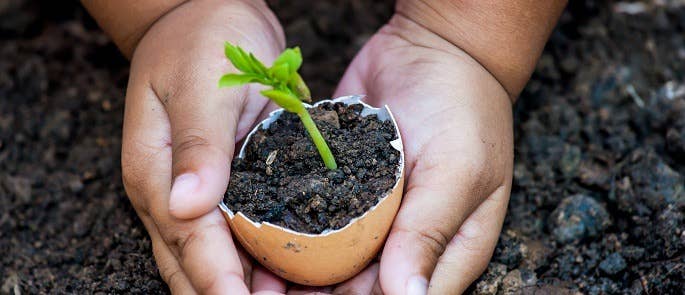
Curiosity Approach Ideas
Indoors
Indoor Curiosity Approach settings are filled with authentic, open-ended resources. Think old clocks, metal tea sets, dried fruit in bottles, unique jewellery boxes, serving trays, kitchen utensils, and shells, stones, and dried fruit in glass jars – objects that children can explore and investigate.
The co-founders understand that children will learn and engage with resources in different ways. Each resource is full of possibility and wonder. Dressing up areas, for example, should be filled with items to provoke interest and intrigue, rather than synthetic items which merely reinforce societal stereotypes. Think old hats, walking sticks, handbags, old telephones, and vibrantly coloured embroidered slippers. Surround displays with texts and unique photographs or art work linked to the items. These areas are there to develop children’s imagination, literacy, and social skills.
Hellyn and Bennett suggest that providers reach out to parents, carers, and members of the local community for support in stocking and replenishing their curiosities. They also advocate posting requests on community message boards, looking in charity shops, and searching through car boot sales.
Find out more about children’s social development here.
Outdoors
The Curiosity Approach champions every aspect of outdoor learning. Whether it be bug hunting, digging in the sand, planting seeds in old tyres, climbing, rolling, or den making, there are so many ways to develop children’s talents and interests whilst outdoors. In Curiosity Approach settings, you’ll find unique play areas for the children to explore. Their hay bale and pallet tables bring innumerable learning opportunities. Children have access to cutlery and crockery to host tea parties. They can even use real microwaves (unplugged, of course) rather than pretend ones to ‘warm up’ their ‘self-created food and drinks’.
Hellyn and Bennett believe that children love emulating adults in their play, so opting for real plates, toasters, and microwaves is preferable over miniature plastic versions. They stress that adults must model the play, so that children learn how to respect and value the objects they’re using.
Old sheets can be draped across their outdoor tables – acting as a giant canvas for all the children to contribute to. You’ll also find old trunks filled with curiosities throughout their outdoor settings. Each of these activities provide endless play opportunities, as well as developing each of the skills set out in the national curriculum, particularly the strengthening of the children’s fine and gross motor skills.
Recycled materials
It should come as no surprise that The Curiosity Approach are advocates of salvaged, recycled materials. They want children to develop a deep love and respect for their world, by playing with natural materials. For example, when painting, children can use pinecones and leaves to create and experiment with different patterns and textures.
Providers can also encourage children to collect materials that interest them, and bring them in for their friends to explore too. Think conker shells, unusual fruit and vegetables, and crisp red autumnal leaves.
Charities such as The Salvation Army and Toys4Life are helping to fight the global problem of plastic waste, by providing toys for children in deprived parts of the world. They also offer school and nursery collections to any providers who are looking to donate unwanted plastic toys or resources.
Find out more about environmental awareness for kids here.
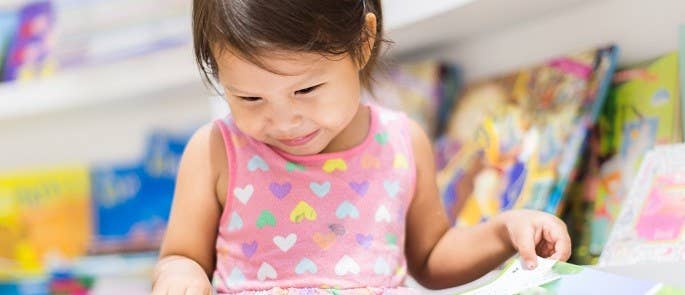
Words and Stories
As well as having an inviting reading corner, make sure the environment is as language-rich as possible. Stories and writing should be accessible everywhere. Children should be surrounded by poems, songs, and rhymes, as these are ways of introducing and reinforcing new language. Book shelves and displays can easily be formed using recycled materials, such as plastic drain pipes, and reclaimed wood.
Want to Learn More?
Find out more about how to create a language-rich, communication-friendly settings in our course on Supporting Speech and Language Development in Early Years, created in collaboration with speech and language therapists.
Parental Support
Hellyn and Bennett stress the importance of linking learning to the child’s needs and interests. A great way to do this is to engage with parents or carers on a regular basis to find out what is sparking the child’s curiosity at home. Providers can send a sheet home every 6-8 weeks to find out what the child is enjoying, which special occasions they’ll be celebrating soon, and which parts of the community have they visited. You might find out that a child has developed a love of the ocean following a visit to the aquarium, so you might then map out some provocations focusing on sea creatures, and investigating uniquely textured shells in the sand. Select a story stimulus to further develop the child’s love of the sea. Furthermore, if parents upload photographs to your provision’s learning portal, print off some pictures of the child enjoying the aquarium. This will help to strengthen links between home and nursery, as well as developing the child’s confidence within the setting. Surround the images with fairy lights and blow some bubbles around the provocation to stimulate further curiosity.
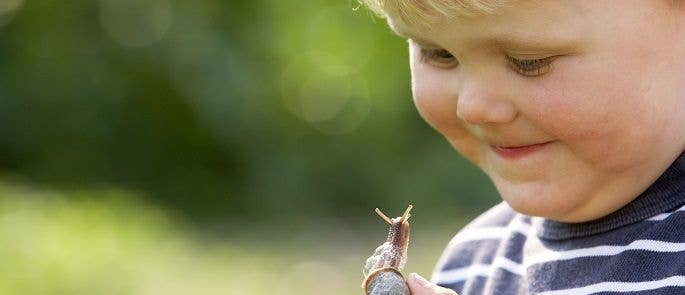
The Curiosity Approach is a creative and innovative method of supporting child development in the early years. It places children at the heart of the learning process, and provides them with innumerable opportunities to explore, imagine, and create. To find out more about The Curiosity Approach, you can visit the official website, follow them on Facebook, or read one of their best-selling books.
Further Resources
- Supporting Speech and Language Development in Early Years course
- Why is Child Development so Important in Early Years?
- A Guide to Supporting Language Development in the Early Years
- Understanding the Importance of Motivation in Education
- The Importance of Routine for Children: Free Weekly Planner
- How to Become an Early Years Practitioner
- Promoting Positive Behaviour in Early Years: A Guide for Nurseries
- Benefits of Role Play in Early Years: Advice for Teachers


